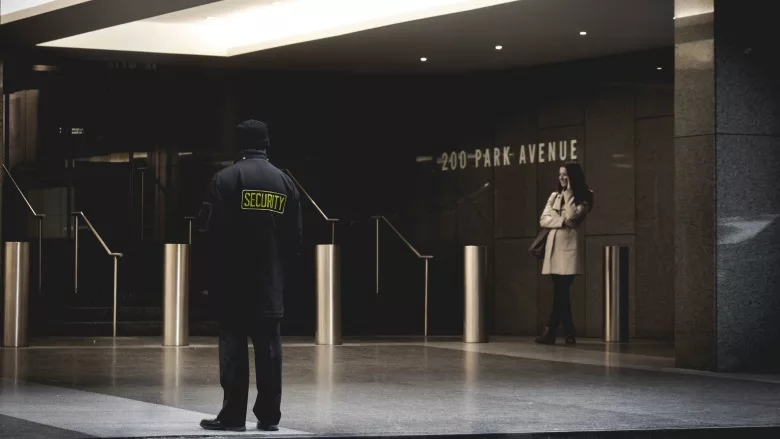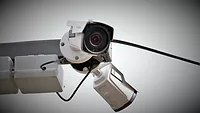From human to hybrid: Why augmented guards are the future of security

Image via Unsplash
In the U.S., the security guard shortage has become a full-blown crisis. A third of security firms say their staff numbers are significantly below pre-pandemic levels, according to a recent survey. This crisis is playing out against the backdrop of an unprecedented rise in crime across the country — from Whole Foods closing its year-old San Francisco flagship location to New York City Mayor Eric Adams’ recent plan to combat retail thefts across the city’s five boroughs.
Yet long before this recent wave of crime, it had become increasingly clear that the traditional model of physical security with multiple guards patrolling buildings and facilities had become less effective and more expensive.
To understand what’s driving this change, let’s take a look at the big challenges facing the people charged with protecting businesses.
First, security guards in many cases don’t have the proper authority to take action in moments of crisis. They don’t have the ability to make arrests, and furthermore, they’re often unarmed. This limits their options when they come face-to-face with a potential perpetrator. Either they can try to deter the intruder or they can call the police.
This limited authority to take action directly contributes to the second problem: Police departments that are charged with investigating on-site intrusions are increasingly short-staffed and overworked. And the rates of false alarms don’t help. According to the Department of Justice, over 95% of alarm system activations are false alarms.
The problem is even more severe for cities such as Gastonia, North Carolina, where in 2021 99% of alarm activations were made erroneously. These false alarms come with a real price tag: In 2021, false alarms cost Gastonia over $850,000. It’s for this reason why many cities now charge citizens and businesses fees for excessive false alarms — or worse, have stopped responding to non-verified alarms altogether. This is the case in major cities such as Seattle, which require that alarm companies use enhanced call verification (i.e., calling customers) prior to requesting police dispatch.
A model for augmented security
Given these limitations, it’s clear we’re overdue for a new approach to physical security, one bolstered by the latest developments in camera hardware, access control systems, environmental sensors and the cloud. Call it “augmented security.”
To illustrate this model, let’s imagine an overnight security guard at a large zoo. With a network of cameras and environmental sensors, the job has been transformed. While the guard is patrolling the expansive, dark zoo grounds, a team of professional monitoring agents is actively monitoring the rest of the premises for potential threats. The remote team can take real action for a threat on the opposite side of the park by talking down through speakers, dispatching police and more. And the guard, from an app on their phone, also have visibility into exactly what’s happening. That visibility is further augmented by a network of environmental sensors, which alerts them in real-time to everything from an unexpected sound in the Monkey House to rising temperatures in the Penguin Zone.
Augmenting, not replacing
There’s a lot of risk that security guards take on, and security leaders can ask a lot from them. This is why security leaders should make their jobs safer, but also to ensure they are better informed and more efficient.
The answer to the challenges facing business today isn’t “more security.” Instead, it’s security that better reflects the unique challenges of the moment. At a time when many companies are looking to emerging technology to help them replace humans, it’s worth remembering that emerging tools also have the power to transform how people work. It’s not “humans or machines?” but instead “humans and machines.”
Looking for a reprint of this article?
From high-res PDFs to custom plaques, order your copy today!







